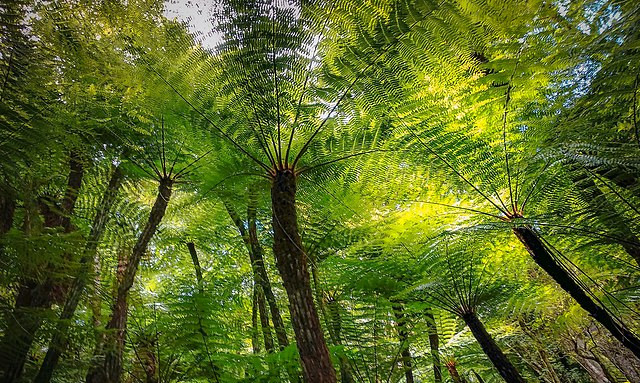Recently I watched an interview about climate change that actually made sense, here is the basis of that talk and why it flies in the face of much that is propounded by today’s climatologists. Remember, these days, 97% of scientists agree with those who are funding them and the other 3% are ostracised for not concretising the status quo.
Freeman Dyson
Freeman Dyson (1923-2020) was a British-American theoretical physicist and mathematician known for his work in quantum mechanics, nuclear physics, and astrophysics. He was born in England and educated at Cambridge University before moving to the United States in 1947 to work at the Institute for Advanced Study at Princeton University.
Dyson made significant contributions to many areas of physics, including the theory of quantum electrodynamics, the study of nuclear reactors and weapons, and the search for extraterrestrial life. He also proposed the idea of the “Dyson sphere,” a hypothetical megastructure that could be built around a star to harness its energy.
In addition to his scientific work, Dyson was known for his wide-ranging interests and his writing on a variety of topics, including climate change, nuclear disarmament, and the role of science in society. He received numerous awards and honours for his contributions to physics and was widely regarded as one of the most creative and original thinkers of his generation.
The drought
Freeman Dyson proposed the idea that carbon was once more abundant in the Earth’s atmosphere and biosphere in the distant past. He suggested that at some point in the Earth’s history, the amount of carbon dioxide in the atmosphere was much higher than it is today, and that this led to a proliferation of plant life and the formation of vast coal deposits.
Dyson argued that the early Earth’s atmosphere was much richer in CO2, which was released by volcanic activity and other natural processes. As plants evolved and began to use photosynthesis to convert CO2 into organic matter, they gradually removed much of the carbon from the atmosphere and stored it in their tissues and in soils.
While Dyson’s ideas about a “carbon drought” in the Earth’s atmosphere are controversial, his proposal that carbon was once more abundant in the Earth’s history is supported by geological evidence. For example, the presence of coal seams and other fossil fuels in the Earth’s crust provides clear evidence of the past abundance of carbon in the biosphere.
Some agree
Some scientists share this view that higher levels of atmospheric carbon dioxide could have positive effects on plant growth and the biosphere.
For example, researchers have suggested that rising CO2 levels could lead to increased agricultural productivity, as higher levels of CO2 can stimulate plant growth and improve water use efficiency in crops. Others have proposed that increased CO2 levels could help to restore degraded ecosystems and increase biodiversity in many regions.
Fauna was much larger in the past
It is true that some of the largest trees in history lived during periods of high atmospheric CO2 levels. During the late Paleozoic and early Mesozoic eras, which spanned from around 300 to 150 million years ago, atmospheric CO2 levels were much higher than they are today, reaching levels of over 1000 parts per million (ppm) at times.
During this period, forests dominated by giant ferns, horsetails, and seed ferns covered much of the Earth’s land surface, and some of the largest trees in history evolved. For example, the extinct tree species known as Lepidodendron could grow up to 30 meters (100 feet) tall, with trunks up to 1 meter (3 feet) in diameter.
These giant trees were able to grow to such impressive sizes in part because higher atmospheric CO2 levels can stimulate plant growth and increase water use efficiency.
Could Humans survive?
The period of high atmospheric CO2 levels during the late Paleozoic and early Mesozoic eras was a time when the Earth’s climate and environment were quite different from what we experience today. While some organisms, including plants and animals, were able to thrive in this environment, it is not clear whether humans would have been able to survive during this period.
We are told that Humans did not exist during this time, as the earliest known hominid species, Sahelanthropus tchadensis, did not appear until around 7 million years ago, long after the period of high CO2 levels had ended. It is therefore impossible to say with certainty whether humans could have survived in the environment of the late Paleozoic and early Mesozoic eras.
However, the human species is inventive and with the use of technology there is every possibility that survival on planet Earth during such a natural occurring event could be achieved.
It’s too soon to know with any certainty if a period of CO2 increase is beginning again on the planet, but if it is then the important thing is not to feel guilty about contributing and realise that by holding back the tide, we are helping no one except those with political agendas.
